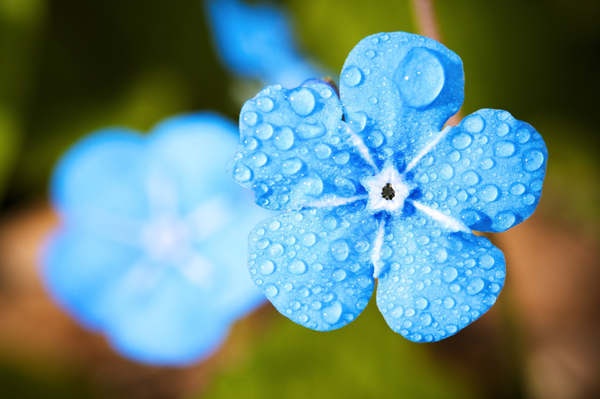PACIFYING KAPHA
Kapha is cool, heavy, oily, stable, and soft. It is pacified by practices that are heating, light, dry, moving, and rough as these characteristics are opposite to its own.
Lifestyle
Lifestyle Those looking to pacify kapha should find ways that they can challenge themselves, be active, and change their routines every now and then. Stimulation is the key to counterbalance inertia and stability, which can eventually become rigidity.
WHAT TO DO
- Dry-powder or oil massages.
- Take warm baths.
- Listen to lively music.
- Learn new things.
- Deviate from your routine.
- Seek out stimulating company.
WHAT NOT TO DO
- Be too sedentary.
- Sleep too much.
- Gain too much weight.
- Be exposed to cold.
- Live a secluded lifestyle.
MASSAGE
Heating or stimulating massages, such as those using dry powder, silk gloves, or heating oils, pacify kapha.
EXERCISE
Exercise is important for those with strong kapha as it stimulates their slower metabolism. Most benefit comes from the speed, activity, and competition provided by group sports. Dancing is also good as its lightness and movement balance kapha’s heaviness and stability.
Diet
To pacify kapha, try to avoid overeating, or eating food that is too heavy. You might want to skip the occasional meal, fast regularly, and generally eat less. It is best to stick to warm meals and avoid heavy, greasy foods, or eating too many grains.
Yoga and meditation
The tendency for lethargy and inertia caused by kapha is eased by yoga’s stimulation of prana (vital energy). The resulting sense of lightness and clarity is strengthened during meditation.
Practitioner treatments
You may wish to go to an Ayurvedic practitioner. They will assess you first, and may then recommend treatments such as herbal bolus or dry-powder massage to pacify kapha, or a panchakarma treatment to eliminate elevated kapha.
“Kapha in harmony is oily, cohesive, steady, virile, strong, self-disciplined, patient, and without greed.” CHARAKA





